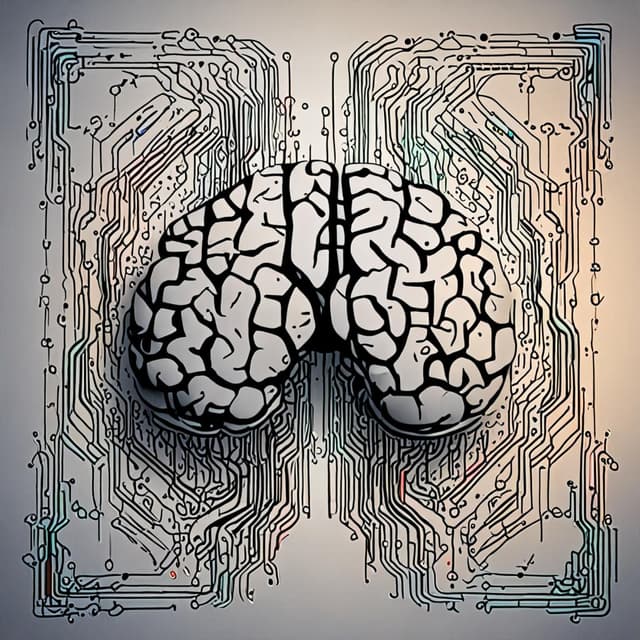
| Advantages | Superior processing capabilities • Energy efficiency |
| Subfield of | |
| Applications | Robotics • Medicine • Transportation |
| Field of study | |
| Main objective | Mimic biological brains |
| Impact on society | Complex societal questions • Ethical questions |
Neuromorphic engineering is a discipline which emulates the structure and function of the animal nervous system for technical purposes. In this alternate reality, breakthroughs have led to advanced and adaptive intelligent devices that can process complex situations like any animal with a nervous system, and more. Their abilities in adaptability, robustness and efficiency surpass those of digital computers and rival those of biologically-evolved systems. The broad applications of this technology enable it to be a key driver of societal and economic change.
In this timeline, the developments in neuromorphic engineering have yielded a level of intelligence and adaptive learning unmatched by traditional digital-based technologies. Its inherently highly adaptable and robust nature surpasses that of traditional digital computers, thanks to emulation of biological systems which can operate in a wide range of environments. Neuromorphic systems in this timeline are extremely compact and far more energy-efficient than traditional digital systems.
As neuromorphic engineering continues to advance beyond traditional digital-based technology, it finds a range of new applications:
Neuromorphic devices assist in developing intelligent manufacturing systems, making industrial processes faster, more efficient, and more energy-efficient.
Highly compact yet powerful neuromorphic chips could hold the potential for advanced medical devices that help manage complex disorders or serve as neural-prosthetic devices improving patients' quality of life.
Neuromorphic robots feature unconventional designs, with superior skills in adaption and self-learning that facilitate tasks such as search, rescue, and exploration.
In transportation, neuromorphic devices provide superior AI systems for autonomous vehicles, which allow safe and efficient driving capabilities.
The widespread use of neuromorphic engineering has raised questions about its social, economic, and ethical implications. With the tremendous power and speed that these devices offer, businesses and governments are exploring ways to leverage this technology for both legitimate and nefarious purposes. Concerns about data protection and privacy, as well as worries about over-reliance on technology, have become more pressing.
Furthermore, the broad adoption of neuromorphic technology raises questions about potential job loss and the need for upskilling workers to ensure they remain competitive.
Despite the multitude of benefits that neuromorphic engineering has provided, there are still many challenges to overcome. Researchers are working on addressing issues related to the complexity and comprehensibility of devices, as well as the scalability of these systems to real-world dimensions.
Neuromorphic engineering has the potential to spark further technological innovations and societal change. By harnessing the versatility, performance, and efficiency of devices inspired by biological systems, this technology can revolutionize not just the computer engineering field, but also medicine, robotics, and transportation, among others.